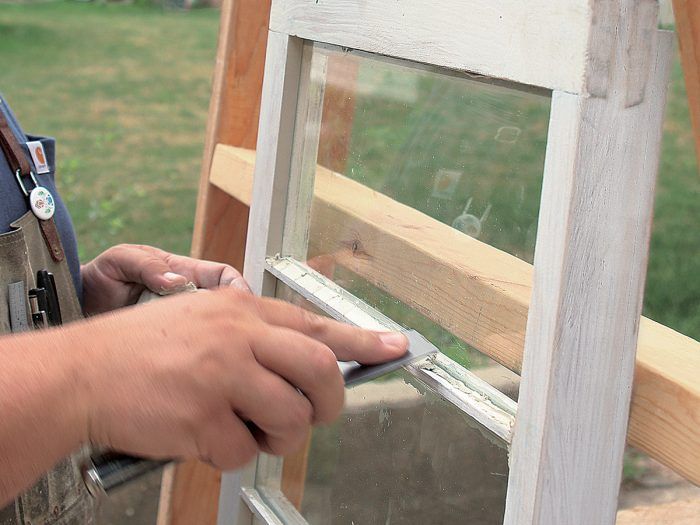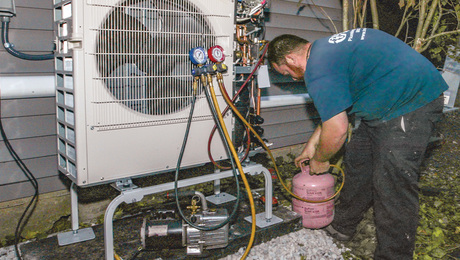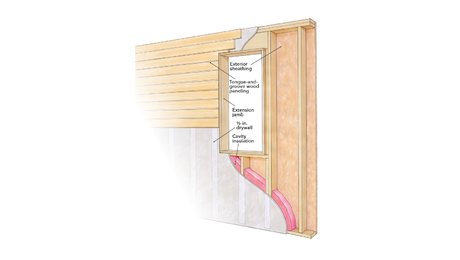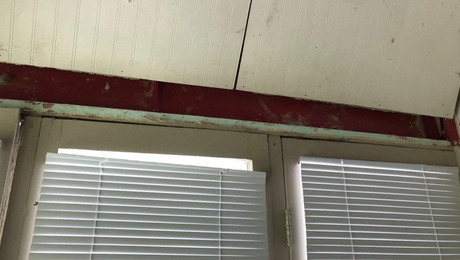What to Do With Old Windows?
When improving home performance, is it better to buy replacement windows, or restore the originals?

I own a turn-of-the-(previous)-century home. The windows are in decent shape in that, apart from isolated spots, they aren’t rotting. But they do admit cold air in the winter, and I’m considering replacing the windows. However, I don’t want to lose their historical character. Is there a way to improve their performance or am I stuck going the replacement-window route?
—Sarah Scott via e-mail
Scott Sidler, of Austin Historical, Inc., and TheCraftsmanBlog.com, replies: The best option to keep the historical character and meet modern energy standards is to keep the historical windows and repair them. According to energystar.gov, replacing single-pane windows with double-pane versions in a house with 25 windows can save about $350 in energy costs per year. According to a 2019 study by the National Renewable Energy Laboratory, the average replacement costs about $570 per window. So, every two years, the savings would pay for a little more than one replacement window. It would take 40 years for the savings to pay for the job, and it’s very unlikely the new windows would last that long.
If you have the original windows, they are at this point over 100 years old. Likely they are built with old-growth wood that will last almost indefinitely with a little maintenance. Modern replacement windows have a finite life before they must once again be replaced. In the window-restoration industry we joke that the reason they are called “replacement windows” is because they constantly need to be replaced.
Start restoring your old windows by replacing worn-out glazing putty to help air-seal the panes of glass to the sash. Repair any rot with wood epoxies, and scrape off any failing paint or built-up paint and caulk that causes the window to fit or operate poorly. Repaint using a high-quality oil-based primer followed by a high-quality acrylic topcoat.
Then the biggest improvement is to add long-lasting weatherstripping such as spring bronze or integrated metal weatherstripping to keep out drafts. Finally, adding an exterior storm window will protect the primary window and provide extraordinary energy savings as well as cut down on maintenance costs. There are modern aluminum operable storms, or you can go with a historical wood storm window for added character. ASTM testing done on restored historical wood windows with weatherstripping and a storm by the Window Preservation Standards Collaborative (WPSC) in 2015 showed that these windows exceeded the requirements of the 2012 energy codes.
Photo: Brian Pontolilo
From Fine Homebuilding #296



























